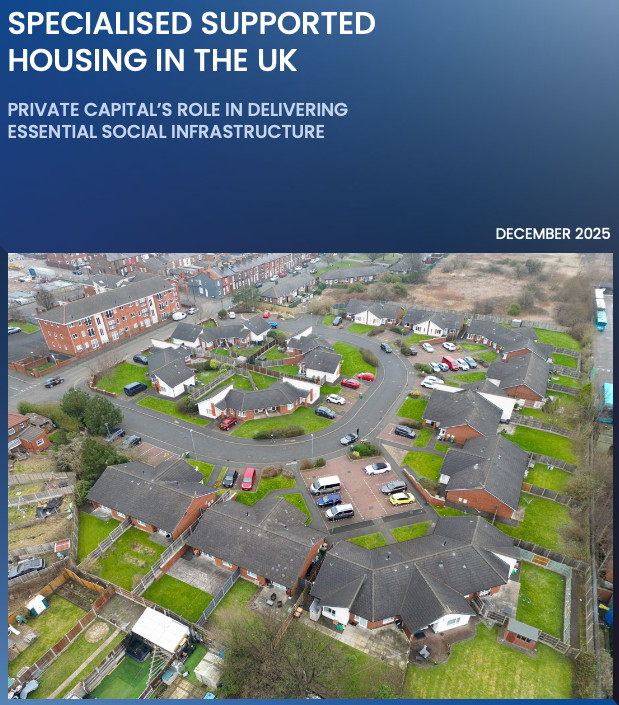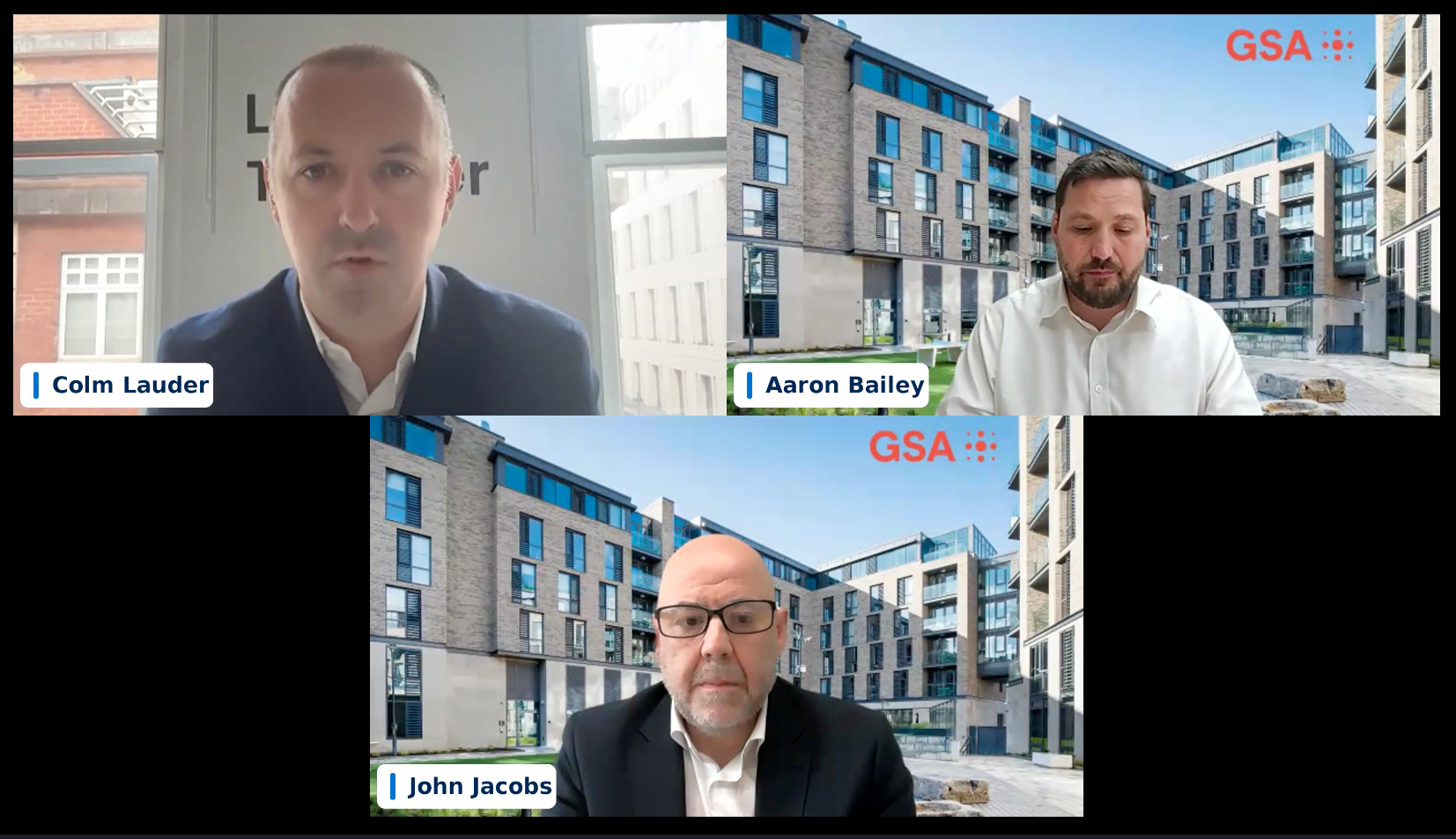As more people wait and see regarding the huge financial pressures of buying a house, they will continue to rent, and they will discover that renting is far from a second choice. This demand will be boosted by buy to let properties being taken off the market due to new legislation.
Investors shying away from the traditional asset classes will look to beds and the wealth of new products that all rest on the same a-cyclical drivers and relative immaturity – and thus potential for growth – of the UK market.
Before 2022’s mini budget many of the problems now rocking the housing market were well established. Still, there is no arguing its almost immediate effect on lending. Challenges have evolved over the following two years, but the consequences weigh heavily on the mortgage market.
Of the 1,700 mortgage products available before the budget, 40% less were available after, before being reintroduced at rates 2% higher. Combined with the cost-of-living crisis we were lucky there was any housing market left at all.
Whether or not house prices go down as far as people say – indeed there are already signs that declines have stopped – the end result is less people will be buying and moving this year. That means a bumper year not just for build-to-rent but all the other rental products coming into the market: single family residential, co-living and retirement.
This is in part down to the trailblazing and proof of concept done by BTR.
The sector has seen incredible growth, from less than 25,000 units in 2010 to nearly 200,000 now, according to the BPF (including planning and completions).
Investment topped £4.5bn in 2023 according to Savills, marking the fifth consecutive year of investment growth. 2024 is somewhat lighter to far, but only compared to the record breaking 2023. Excluding 2023, the second quarter of 2024 was the highest on record, with £1.2bn allocated to BTR.
Alongside this there has been a maturation of what is on offer, providing well balanced developments with amenities and management that do not cost the earth.
Authorities understand the BTR offer and are willing to let development happen. Affordable contributions are better understood.
Availability and proof of concept has now been supplemented by other factors.
Policy, both supportive and indirect, will drive more people into renting. Changes to EPC regulations could see a swathe of buy-to-let landlords leave the sector rather than modernise their properties. Changes to tenant tenure and the abolition of Section 21 notices (see chapter 10 for more details on policy), while agreeable to institutional landlords in that they help to underwrite income streams, will seem less so to BTL investors.
Turmoil in other conventional markets will drive yet more institutional investors towards the sector, who will look at the UK’s relative immaturity and lack of investment grade stock with interest.
That weight of capital – which is nevertheless often stalled by viability and high land values – will help drive the demand for diversified products under the BTR banner. 70% of UK BTR investors surveyed by Knight Frank say they are now looking at single family housing plays, while co-living investment is increasing and senior-lite developments with levels of built-in care are on the rise.



